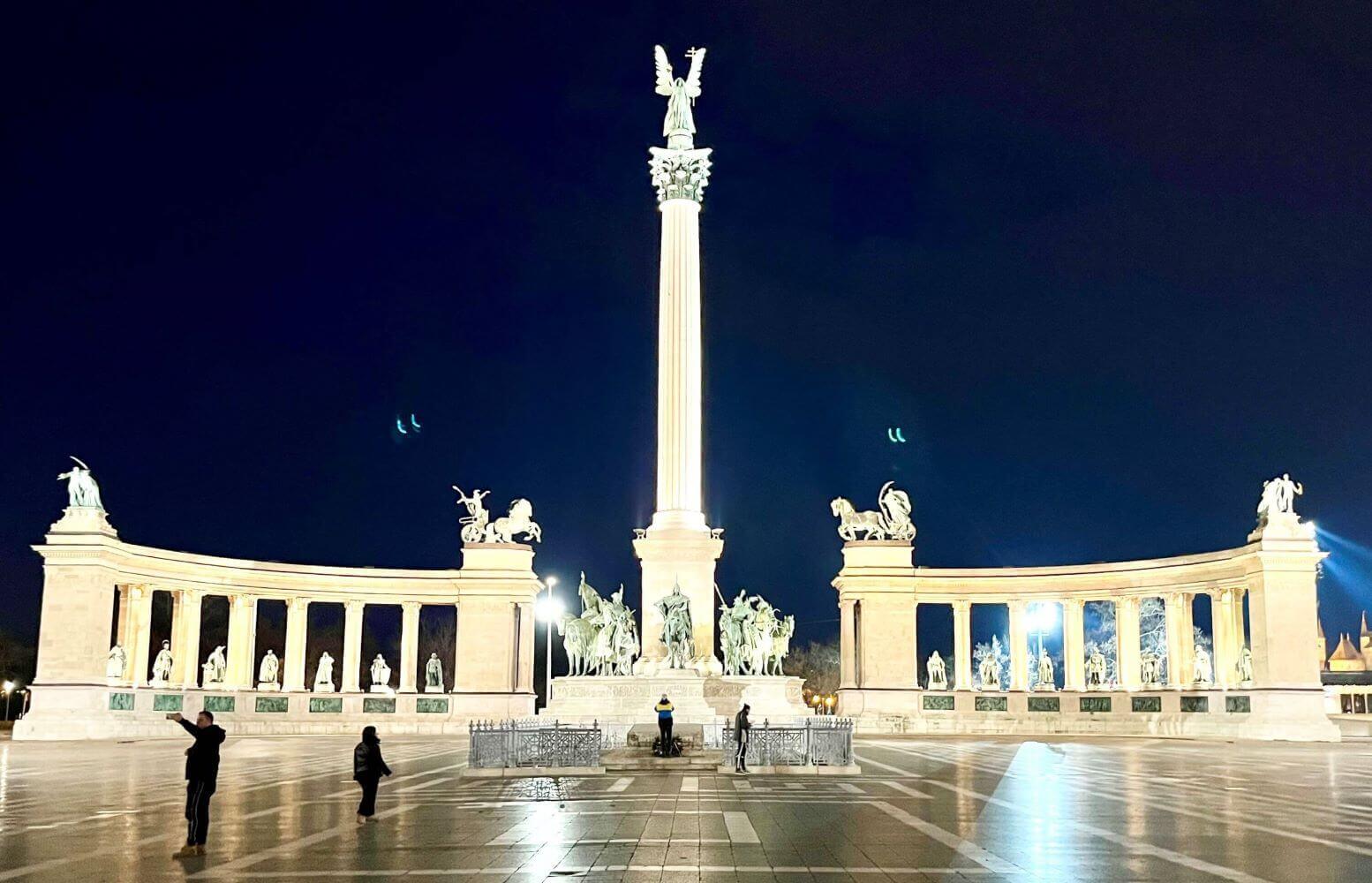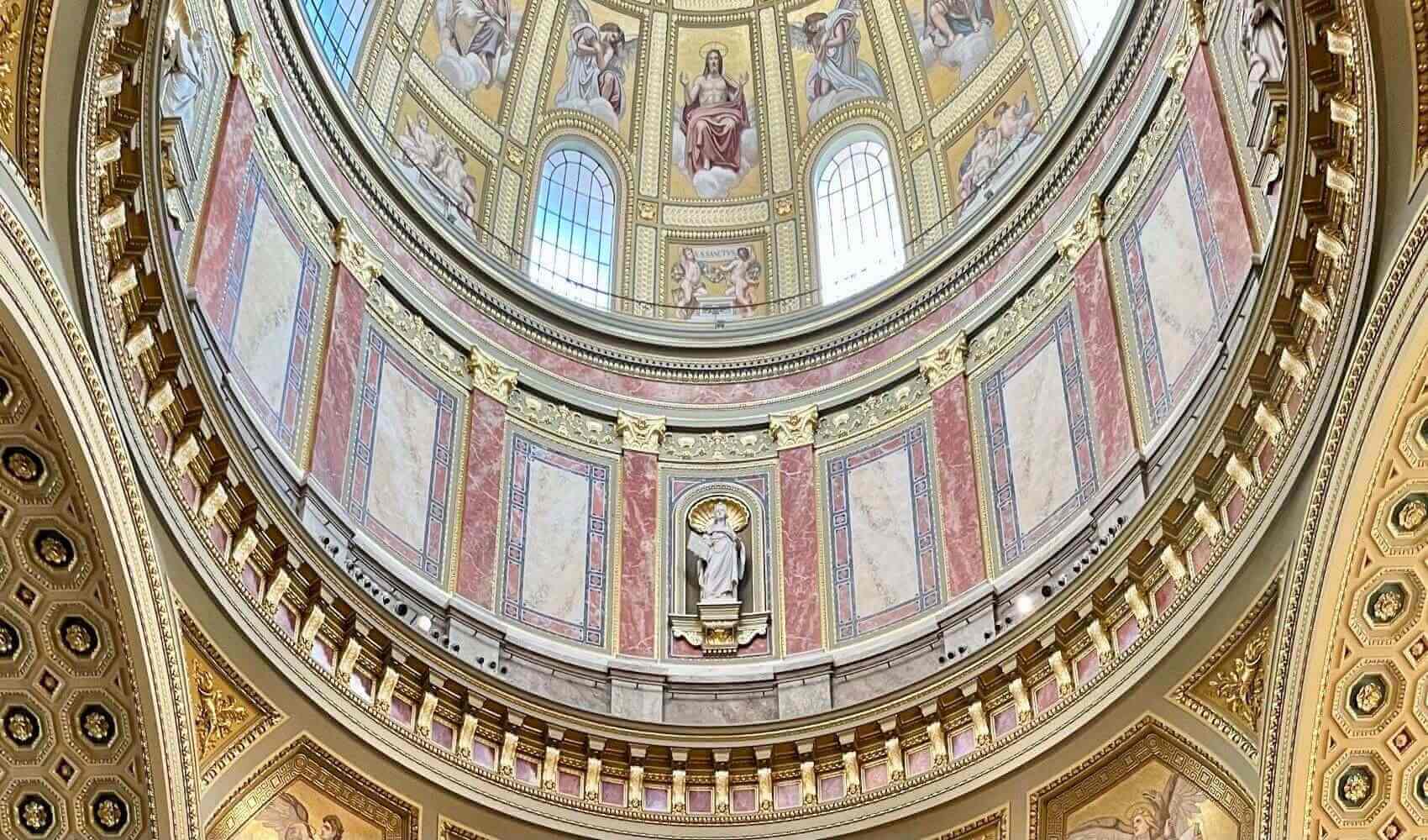
I visited Budapest with an American friend for 3 days in January 2022, in the midst of the covid-19 omicron wave that was hitting Europe. Budapest's public transportation was commendable - a bus from the airport to the city cost a mere 2 euros, and still ran at night. I have never visited a more welcoming city – indeed, as soon as we arrived at 10pm, we encountered a lovely lady who asked us if we wanted sex. Alas, as well brought up gentlemen we were forced to refuse, but it was nonetheless a welcoming gesture. Hungary is a fascinating country, which seems to be quite happy with its escape from communism. My friend bought a T-shirt which boasted the inscription “Budapest: Undisputed Capital of Freedom”. I found the sentiment to be admirable, though as a proud liberty-loving American I must accuse Hungary of cultural appropriation, as I firmly believe that freedom is a patented American product (albeit probably made in China).
Budapest (pronounced Budapesht) is the capital city of Hungary. It was founded in 1873 when three neighboring cities (Buda, Obua, and Pest) decided to unite. Today, it is one of the fastest growing cities in the European Union. Although Hungary still uses its own currency, the forint, many restaurants also accepted euros. I was delighted by how inexpensive food and most souvenirs were: a delicious and filling 2-person meal at an authentic Hungarian restaurant only cost my friend and me 10 euros! I was surprised to learn that Hungarian (or Magyar) is part of the Uralic language family. This means that it has more similarities with Finnish or Estonian than with the Slavic or Germanic languages spoken by its neighbors. I found Budapest to be a vibrant city, with many pleasant hiking routes in the public parks and along the Danube river.
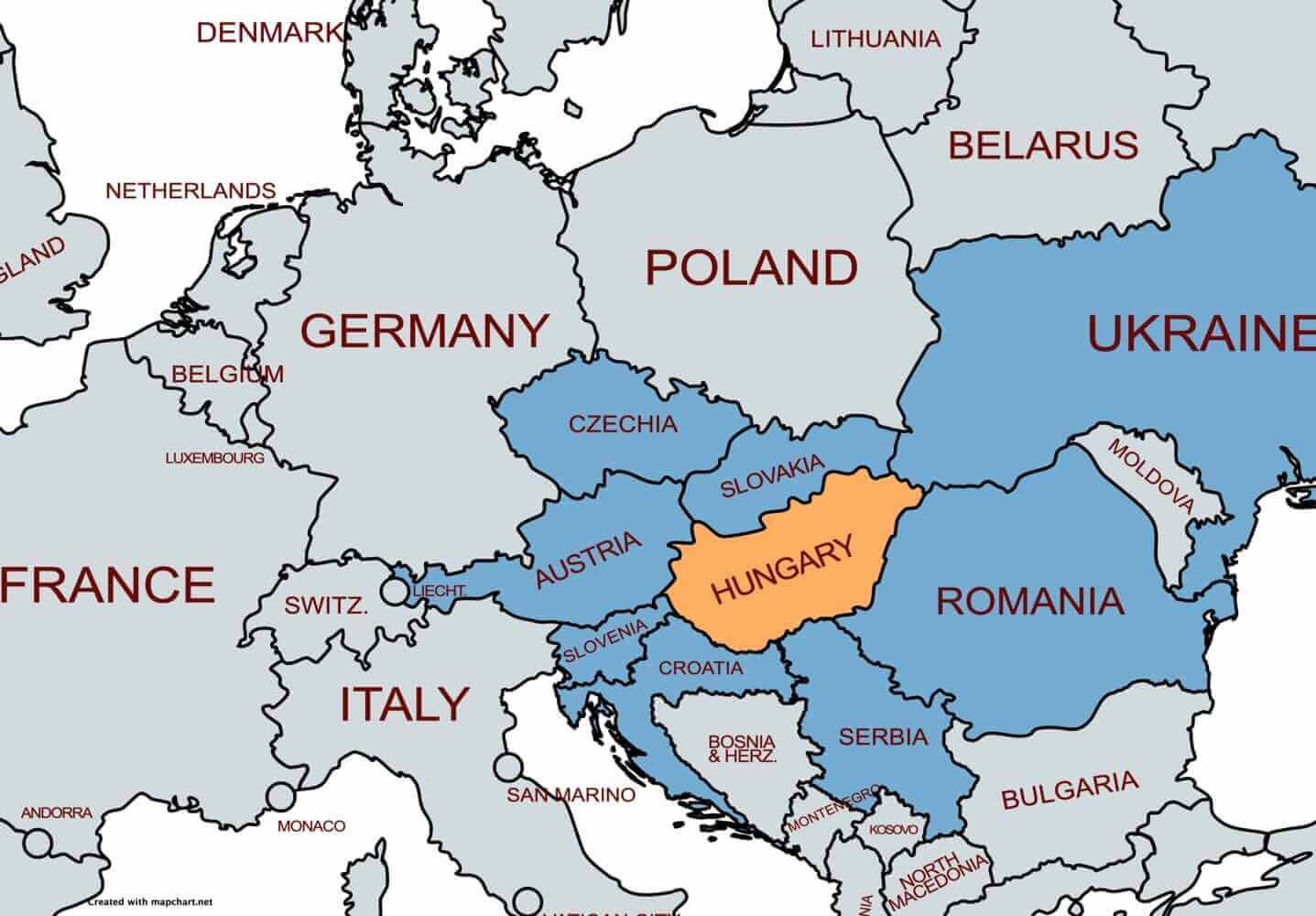
The Kingdom of Hungary was a powerful country that existed from 1000 until 1946. Because it was subject to numerous skirmishes and invasions, such as those by the Mongols in 1241 and 1285, its borders have shifted substantially throughout its existence. In 1867, Hungary united with Austria to form the Austro-Hungarian Empire, which helped it become one of the most powerful and influential states in Europe. Austria-Hungary was sometimes called the Dual Monarchy because both countries were ruled by the Habsburg family. Following Austria-Hungary's defeat in World War I, it was split up, significantly reducing the Kingdom of Hungary's territory. During World War II, Hungary allied itself with Nazi Germany and the Axis Powers. It was invaded and occupied by the USSR in 1945, which marked the end of the monarchy. The Hungarian People's Republic was established in 1949, and was a satellite state of the Soviet Union
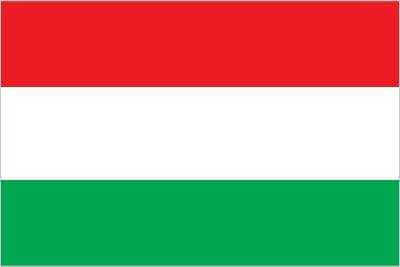
The Hungarian Revolution of 1956 was a student-led revolution that brought moderate communist leader Imre Nagy to power. Nagy attempted to liberalize Hungary's communist party, and attempted to withdraw Hungary from the Warsaw Pact (the USSR and its allies' equivalent to NATO). This did not please the USSR, which proceeded to invade Hungary and placed the more ideologically acceptable Janos Kadar in charge. Nagy was arrested and secretly executed in 1958. Hungary remained under Soviet influence until 1989, when the ruling communist party rebranded itself as the Hungarian Socialist Party, significantly modified the nation's constitution, and installed a multi-party democratic system of government.
This magnificent building was completed in 1902, and is the 2nd largest parliament building in the world (after the Palace of the Parliament in Bucharest, Romania). Building it required over 100,000 laborers. The Parliament building's Gothic architecture makes for an imposing and impressive structure. The spaciousness of the square in front accentuates its size. Hungary has aligned itself more closely with the West since its transition to democracy in 1989, and has since joined the European Union and NATO. That being said, the country's right-wing leadership wants to maintain a fair amount of independence, and is at odds with some of the European Union's liberal policies on LGBTQ rights and immigration. This is why Hungary is seen as somewhat of a maverick within the EU.
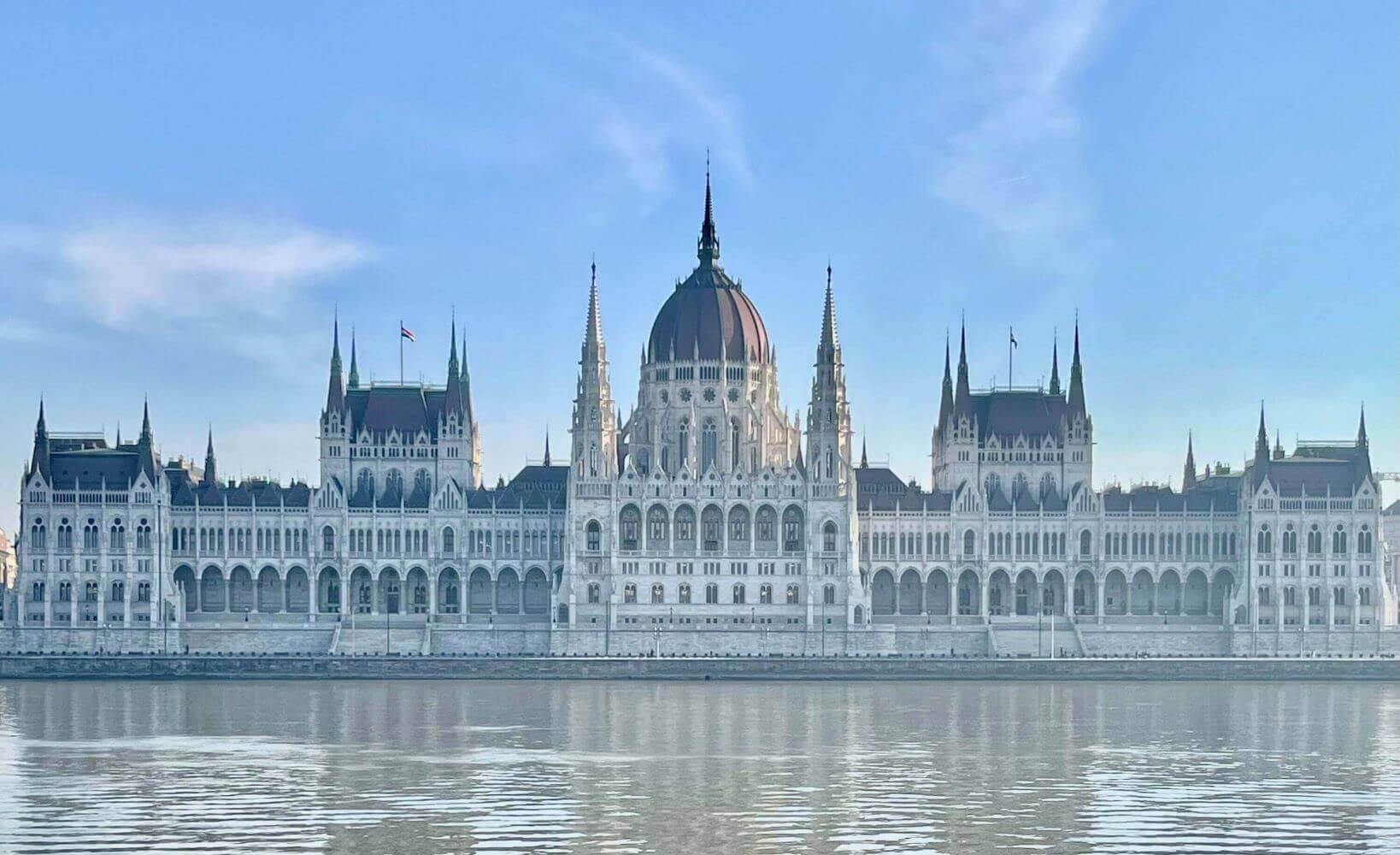
This eerie statue is located next to Budapest's Liberty Square. Built in 2001, it depicts an eagle (symbolizing Germany) attacking the angel Gabriel (representing Hungary). During World War II, Hungary allied itself with Nazi Germany in the hope of reclaiming the territories it lost at the end of World War I, including parts of Czechoslovakia and Romania. Although many Hungarians were wary of Germany, including the nation's regent Admiral Horthy, a large number were enthusiastic supporters of Hitler, especially the fascist Arrow Cross Party. In 1941, Hungary invaded the USSR alongside Germany, and was initially successful. However, by 1944 the tide of the war had turned against the Axis Powers. Despite being staunchly anticommunist, Horthy covertly tried to surrender to the USSR. To prevent this, Germany invaded and occupied Hungary, and even kidnapped Horthy's son to ensure his cooperation. The Arrow Cross Party then had a free reign to harrass and kill Hungarian Jews. The Memorial for Victims of the German Occupation was controversial because it portrays Hungary as a victim of Nazi oppression, when Hungary was in fact at least somewhat complicit. I was intrigued to see a placard next to the statue that accused Hungary's current right-wing government under Viktor Orban of historical revisionism. It is clear that Hungarians have significant differences in opinion when it comes to how they should remember their past.
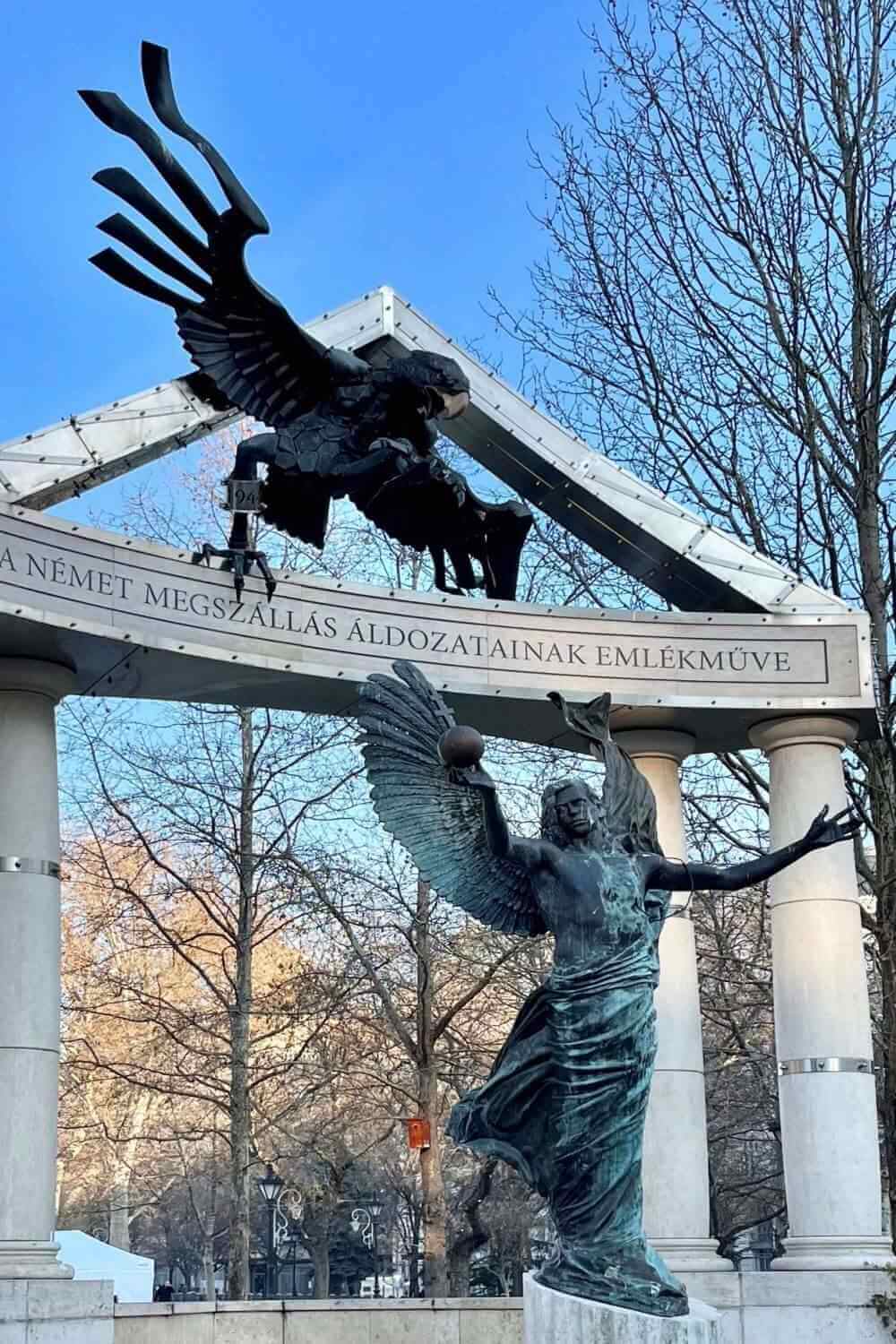
The Millenium Monument is located in the center of Heroes' Square, and depicts many Hungarian historical figures. It was here that Imre Nagy was reburied in 1989, in a massive event that attracted over 200,000 people, and marked the end of communist single-party rule in Hungary. The square is conveniently located next to the Szechenyi thermal baths, which have temperatures of up to 40 degrees Celsius. Budapest is one of only 3 capital cities in the world that have natural thermal springs, alongside Reykjavik in Iceland and Sofia in Bulgaria. Heroes' Square is located at the end of Andrassy Avenue, a famous street and World Heritage site inspired by the Champs-Elysees in Paris. On this street is the House of Terror, a museum that commemorates the Hungarian victims of both Nazism and communism. Similar to the Monument to the Victims of the German Occupation, I got the sense that the museum sought to revise Hungary's history to present the nation as a victim. That being said, I was appalled by the testimonials of the victims of the Arrow Cross Party, and by the description of the restrictions that ordinary people faced during the communist regime. My experience in Budapest made me feel extremely grateful for the freedoms and the relative security that I take for granted.
